"What is the goal?" asked Elsie de Wolfe in 1913 in context of domestic interior design.
"A house", she answered, "that is like the life that goes on within it, a house that gives us beauty as we understand it and beauty of a nobler kind that we may grow to understand, a house that looks amenity."1
How Elsie de Wolfe understood such, and how over the intervening century and a bit understandings of life, beauty, nobler beauty, amenity, the goal(s) of domestic interior design have developed and expanded are explored and discussed in the Vitra Design Museum's exhibition Home Stories: 100 Years, 20 Visionary Interiors.
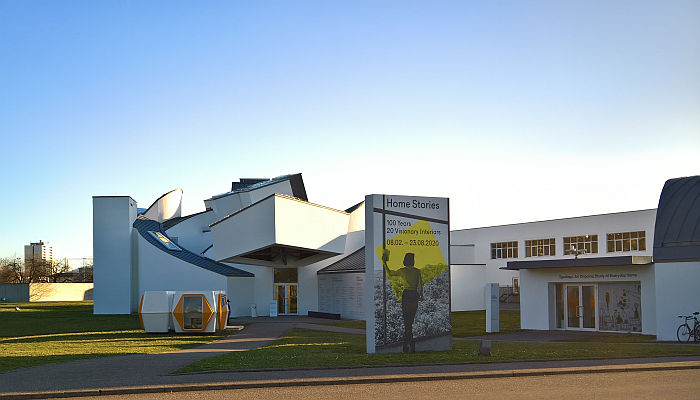
As previously discussed in these dispatches, the decoration and design of our domestic interiors has a long history, arguably one as long as humans have lived in interiors; certainly, and as previously noted, some 5,000 years ago the neolithic tribes of Skara Brae on Orkney not only considered the layout of their dwellings, but also installed shelving, one presumes, an active decision made to aid and assist the organisation of the space and the lives that went on within it, to bring amenity. However, despite its universal, equitable, origins, as human society developed, as the egalitarian structures of early cultures increasingly separated society into the haves and have nots, interior decoration increasingly became a preserve and pastime of the wealthy. And remained so, and certainly in a European context, until (more or less) the first decades of the 20th century when attention began, slowly, to be paid to the housing of the masses; an attention that became ever more urgent and acute in the wake of the Great War and the associated social, political, economic upheavals, upheavals which, combined with industrial, technical and scientific developments, led in many regards, to the question: How do we want to live?
Arguably the same question posed 5,000 years earlier on Orkney.
And a question still posed today. Because it has no answer, just positions: Twenty of which from the past century comprise the narrative of Home Stories.

Based around four chapters, each exploring a different theme and each (more or less) encapsulating a (more or less) double decade snapshot, Home Stories begins at the end of the century in its title, that is, in the early 21st century, now, and works its way back, a curatorial decision taken, according to Jochen Eisenbrand, chief curator at the Vitra Design Museum, and curator of Home Stories, because, and amongst other considerations, to end with contemporary projects would have made them appear as a pinnacle of some evolution, something to which the past century had been working towards, which they aren't; rather, all twenty represent different, equally valid, moments on the great continuum on which we, design, society, are twisting and turning our way, very, very, slowly forward.
And a decision also taken on account of the linguistic fact that "looking back" over 100 years of interiors necessitates starting in the now; and specifically for the Vitra Design Museum with considerations on Residential Space as a Resource, on the domestic interior in the age of the internet, digital networks, mobility, ever more volatile borders between private and public, between work and home, of rising housing costs, declining housing space, of social media. And Residential Space as a Resource discussed through projects such as the Granby Four Streets Community Housing project in Liverpool by and with the collective Assemble and which, as its title suggests, saw a community work together to redevelop and re-imagine their community; by the Yojigen Poketto micro-flat by Madrid architects Elii, which makes carefully considered use of multi-context built-in furniture to create a space that is a manifold greater than that defined by the walls, floor and ceiling; by an exploded IKEA Billy bookcase, that ubiquitous symbol of IKEA's democratisation of domestic design, of IKEA's mass marketing of domestic design, of IKEA's homogenising of domestic design, of IKEA's ubiquity. And for us also a reminder that before IKEA was ubiquitous it was a key protagonist in the evolution of 20th century understandings of interiors, furnishing, design in Sweden. That Swedes understand IKEA differently to everyone else. That fully understanding IKEA involves thinking like a Swede. That fully understanding design in Sweden involves understanding IKEA.
Although standing in the 21st century space, and unquestionably related to considerations on Residential Space as a Resource, for all in context of monetising the desire for the (perceived) perfect space, the IKEA catalogues on display in Home Stories helping highlight such, recounting as they do various IKEA home stories, IKEA is from the 1940s and Billy an object from the 1970s, one, arguably, inspired by a 1960s East German interior design concept, and thus technically belongs in Home Stories' second chapter and its reflections on the Interior Disruption of the 1960s, 1970s and early 1980s, that period of plastics, colours, hippies, the coming of age of the post-War generation and a fundamental desire to reform society through challenging and questioning all accepted conventions and norms. And as exemplified in Home Stories by projects such as Maison Parent by French architect Claude Parent with its inclined, and thus functionally accessible, walls and which in doing so embodied Parent and philosopher Paul Virilio's declaration of the vertical wall as archaic and anachronistic; Andy Warhol's Silver Factory in New York, as an origin of the loft and of post-industrial domestic spaces; or Karl Lagerfeld's Monte Carlo apartment full, as in full, of objects by Milan's Postmodern Memphis group. One of two such Lagerfeld apartments, and a presentation which not only allows for reflections on the very obvious contradiction between the achromic reduction of Lagerfeld's personal appearance with the sensory overload of Memphis, but also reminds us of the words of Ernesto Gismondi, Artemide co-founder and Managing Director of Memphis's trading company, and who once opined of Lagerfeld's Memphis apartments that, "when one has spent three minutes in them, one gets an urge to shoot oneself through the head, because the objects they contain are incongruous"2 And thus a coarse, but unequivocal, reminder that while a large part of Memphis, and wider Postmodernism, was about challenging understandings of furniture, domestic spaces, our relationships with objects and the functionality of objects in space, Memphis wasn't necessarily meant as an integrated furnishing system.
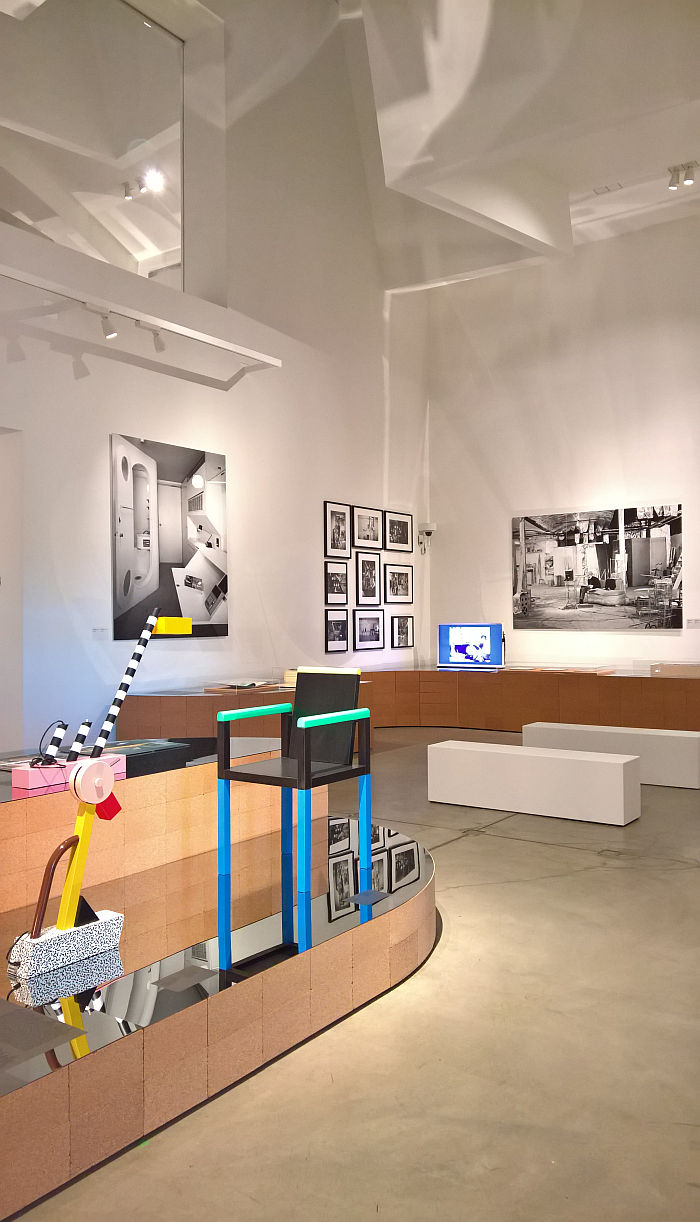
Moving backwards from the post-War generation to the War generation the chapter Nature and Technology explores domestic interior concepts from the 1940s and 1950s, a chapter which presents projects such as Finn Juhl's own house in Ordup from 1942 with its obvious connections to our own 21st century understandings of an organic, humane, Danish interior juxtaposed with Peter and Alison Smithson's 1956 House of the Future and its unyielding belief in the power of developing, space-age, technologies, further juxtaposed with Jacques Tati and Jacques Lagrange's Villa Arpel from Tati's 1958 film Mon oncle with its satirical critique of the visions of modernists and technologists, further, further juxtaposed with Lina Bo Bardi's Casa de Vidro in São Paulo and its floor to ceiling glass walls; and which in doing so not only allows for reflection on the nature and technology of the chapter title, but for all the tensions of the period in terms of how to rebuild, reorganise, redefine society. How we want to live now that we've stopped killing. Tensions of a different kind being embodied in the so-called Kitchen Debate between Nikita Khrushchev and Richard Nixon at the 1959 American National Exhibition in Moscow, a debate on the relative advantages of life in contemporary America and the contemporary Soviet Union staged in the highly symbolic setting of a contemporary American kitchen. And a presentation which also reminds us that, thankfully, we've moved on from those dark days of the cold war, of nuclear arms races, of toxic nationalism and of politics based on cheap symbolism and personality cults.
Home Stories ends at its chronological beginnings with The Birth of Modern Interiors and projects from the first decades of the twentieth century, and a presentation that in many ways helps underscore the gradual shift in the late 19th/early 20th century away from interior decoration exclusively for the wealthy to interior considerations for the masses. Whereas Mies van der Rohe's Villa Tugendhat in Brno or Adolf Loos's Villa Müller in Prague are and were very much custom projects for wealthy clients, parallel to such exclusive projects both Mies van der Rohe and Loos, in addition to the likes of Josef Frank and Oskar Wlach who are represented in Home Stories by their Villa Beer in Vienna, were also developing more egalitarian projects: Mies van der Rohe being as he was in charge of construction of the 1927 Weissenhofsiedlung exhibition in Stuttgart, that attempt to develop not only new ways to live, but new ways to build, and also realising public housing projects such as his Afrikanischen Straße development in Berlin-Wedding, while Adolf Loos was not only a key protagonist of the 1920s Viennese Siedlerbewegung but contributed to the 1932 Vienna Werkbundsiedlung, of which Josef Frank was artistic director.
A more direct comparison between projects for the many and projects for the few coming in the close proximity of the discussion on Das neue Frankfurt from Ernst May et al with Cecil Beaton's opulently outlandish Ashcombe House and with Villa Trianon in Versailles by the above quoted Elsie de Wolfe, a project which allows for an insight into de Wolfe's own interpretation of life, beauty, nobler beauty, amenity, and also the "Good Taste" in the title of her book "The House in Good Taste"
Complementing the central narrative Home Stories also features a number of subplots, discourses which help broaden the discussion, add important context and also flow through, to varying degrees, the twenty projects; and including, amongst others, photographs by Adam Štěch which highlight and explore the use, the function, of colour in architecture; paintings by Memphis co-founder Nathalie Du Pasquier from and for Leonard Koren's book Arranging Things; and a slide-show of furniture objects and interiors selected by Jasper Morrison, presented under the title A Sense of Space and objects selected on account of "their atmosphere", a key aspect for Morrison in any design, or as he once described to us in context of how he approaches his work, "I’m looking for atmosphere, for an atmospheric effect, for the atmosphere an object emits"; with A Sense of Space Morrison reflects on the complexity of the search for that apparently simple atmosphere in terms of an interior. And by extrapolation the complexity of the search for an answer to the question, how do we want to live?
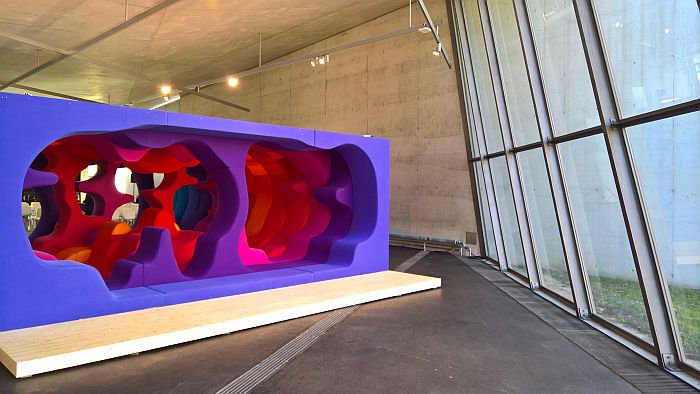
Although superficially a presentation of differing expressions of domestic interiors, of differing understandings of the domestic space, understandings of domesticity, the narrative of Home Stories is driven by the underlying reasons for those expressions, by differing understandings of the role of the domestic space, of the function of the home, of functional in relation to the home, of the relationship between domestic space and user, between the domestic space and contemporary social, economic, technical, political, environmental et al realities, between the domestic space and contemporary artistic and aesthetic foibles. "You will express yourself in your house, whether you want to or not" wrote Elsie de Wolfe in 1913 to the, one imagines, (largely) middle class housewives reading her book3; Home Stories, with its predominance of (self-)commissioned projects by architects, artists and designers is much more a case of: I will express myself in this house, as I want to. And in doing so underscores that the twenty projects don't exist as definite truths, rather as twenty positions by twentysomething creatives. Positions to be reflected on, discussed and employed, or not, in developing new positions.
Or put another way.
"The whole affair was more like a museum than a house" wrote George Nelson in 1949, remembering his first impressions of Mies van der Rohe's Villa Tugendhat, "it had precious little to do with the habits or requirements of any family I had ever encountered."4 And it still does and still doesn't, and which, as Nelson goes on to discuss, isn't the point. On the one hand, as Nelson doesn't discuss, but Home Stories does, it fitted the habits and requirements of Fritz and Grete Tugendhat who commissioned and lived in the villa, but more importantly Villa Tugendhat is an expression of Mies van der Rohe's understandings of architecture, interiors, design, materials, space, domesticity at that time and as influenced and informed by his interpretation of and considerations on the realities around him, "his house looks the way it does because that is the way he wanted it to look" surmises Nelson with his delicious bluntness. Similarly Maison Parent looks the way it does because that's the way Claude Parent wanted it to look, Arno Brandlhuber's Antivilla in Krampnitz looks the way Arno Brandlhuber wanted it to look, so Finn Juhl's house in Ordrup, even Karl Lagerfeld's apartment in Monte Carlo looks the way Karl Lagerfeld wanted it to look: not "wanted it to look" as in achieving a preconceived formal expression, but "wanted it to look" in terms of an honest visual expression of a theoretical position, as an embodiment of the responsible creative's understandings, the "look" isn't important, the reason for the "look" is. And thus a "look" that shouldn't be confused for a "style". But which all too often is.
And while a direct relation arguably cannot be drawn between Villa Tugendhat, or indeed the vast majority of the projects featured in Home Stories, and any families George Nelson had ever encountered, indirect relations can be drawn through a translation of the theoretical position(s) that underscores the project into other habits or requirements, of focussing on why the space is, not what the space is.
Home Stories is an opportunity, invitation, imploration to consider and reflect on the why not the what of interior design. Why did Verner Panton want us to sit in technicoloured undulations? Why did Kishō Kurokawa want us live in capsules? Why does Josef Frank and Oskar Wlach's Villa Beer have such a prominent open staircase? Why did Lina Bo Bardi employ so much glass in her Casa de Vidro? Why Karl Lagerfeld? Why?!?!?
You won't necessarily leave Home Stories with all the answers, many will take a little private research and longer consideration to fully approach, for our part we're still working our way through a number of questions, and expect to be for a while yet; however, through encouraging you to consider, reflect, question, to entice you to move away from understandings of interior design as something exclusively visual, Home Stories not only allows for an understanding of interior design that is as much an active "design" discipline as architecture, furniture design or lighting design, but also an understanding of interior design which challenges contemporary representations of interiors, for all the carefully staged and heavily post-produced images that abound, for all, and (largely) context free, on social media, and which present style not content, present show not subject, present a superficiality one is encouraged to recreate, ctrl c/ctrl v, present domestic interiors as disposable and transient as clothing, shoes or cut flowers, something to be renewed and replaced on a regular basis, regardless of the environmental consequences of such; challenges contemporary representations of interiors which understand the Residential Space as a Resource, not resource as means, system, substance, as a space which is like the life that goes on within it, that gives us beauty as we understand it and beauty of a nobler kind that we may grow to understand, not as an honest response to the question how do we want to live?, not in the sense of the projects in Home Stories opening chapter; but rather resource as something to be hurriedly consumed, to create a house that looks the way it does because that's how it looks on Instagram. Rather than one that expresses yourself.
Or as George Nelson sagely opined, "It is far easier and safer to follow a formula than to develop a principle"5
However in our domestic interiors, as in so, so, many other respects people, so, so, many others, we need principles.
Home Stories presents twenty, arguably twenty three, to get you started.
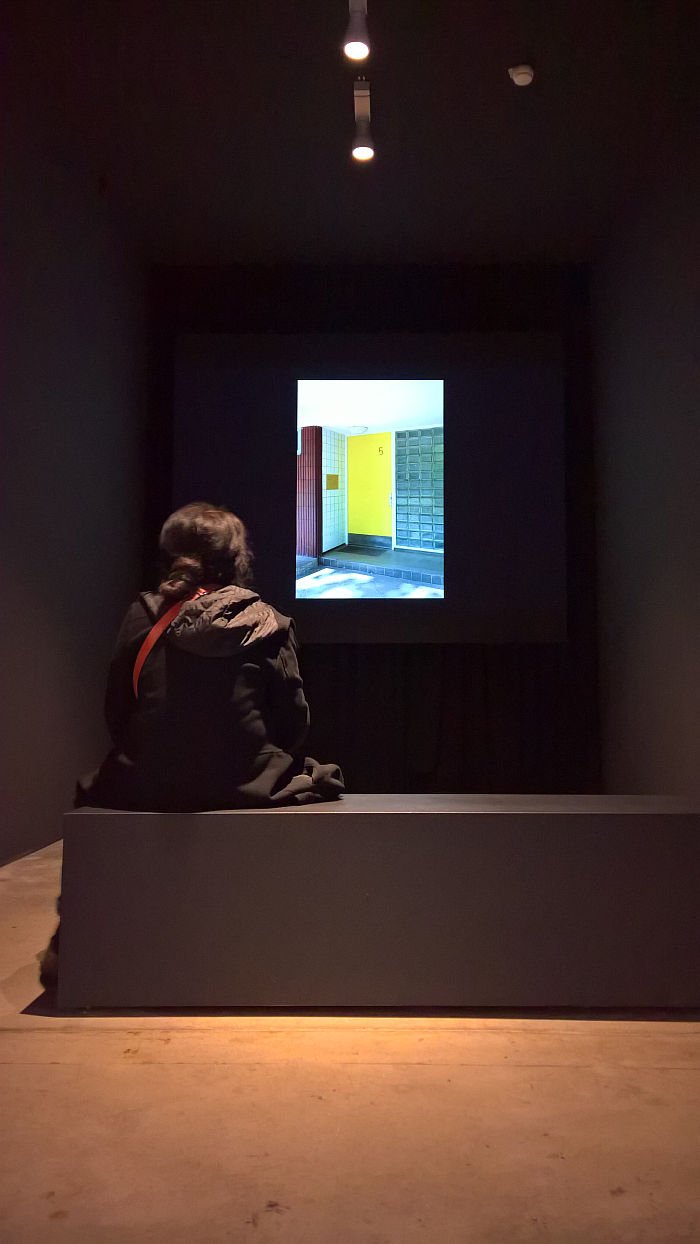
"Man conceived the great house with its parade rooms, its grands appartements but woman found eternal parade tiresome, and planned for herself little retreats, rooms small enough for comfort and intimacy. In short, man made the house: woman went him one better and made of it a home", opined Elsie de Wolfe, adding that, "men are forever guests in our homes, no matter how much happiness they may find there."6
A position which, and as with the, more or less, contemporaneous writings of Ellen Key, combines a sense of female independence and self-assurance with a very clear understanding of the female's place in the patriarchy, imply that however reformed the early decades of the 20th century were, there was still a long way to go. And also underscores the historical role of women in interior decoration, that in the days when interior decoration was a preserve of the rich it was invariably the lady of the house who was responsible for not only the decisions but often the dealings with the tradesfolk and craftsfolk charged with the realisation. In centuries past women decorated and designed homes.
And in the century of Home Stories' title? What role have women played in interior design since Elsie de Wolfe? ....... Not that great to judge by the female:male ratio of the creatives featured in Home Stories
4:19*
More or less 1:5. 20% female.
Which isn't good. And may, or may not, be reflective of a harsh reality.
May, or may not, reflect that in the past century female creatives have simply been denied the chance to develop fundamental, ground breaking, projects, that those who did, including Margarete Schütte-Lihotzky whose Frankfurter Küche is recreated as part of Das neue Frankfurt presentation, but who also did so much in her role in the Viennese Siedlerbewegung to help evolve understandings of domestic interiors, are exceptions to a strictly enforced rule.
May, or may not, reflect that Home Stories is another chance lost, another chance lost to return visibility to those who history has lost sight of. And history does lose sight of individuals, not necessarily maliciously, often, and as elegantly elucidated in the Kunstgewerbemuseum Dresden's exhibition Against Invisibility – Women Designers at the Deutsche Werkstätten Hellerau 1898 to 1938, simply on account of fate, bad luck, poor record keeping and/or improbable East German dictatorships. And a visibility that needs to be returned to ensure we have a probable understanding of history.
But which is definitely a ratio, a disparity, that must be questioned, researched, discussed and understood.
Whereby one must add that in the Home Stories catalogue Alice Rawsthorn has contributed a chapter on gender in interior design, in which she traces a (hi)story from the late 19th century and the english cousins Agnes & Rhoda Garett over the twentieth century up to our present day, and that not just in context of female/male but also of transgender designers. As with the exhibition itself Rawsthorn's essay doesn't provide all the answers, but is a good starting point for further research. Research we'd recommend you undertake.
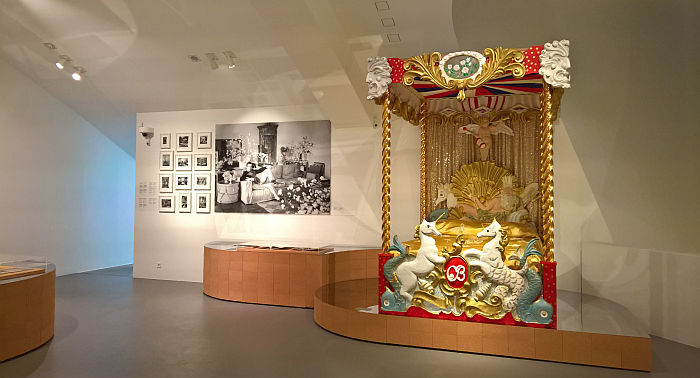
Presenting interior design in a museum is, as all involved with Home Stories are keen to underscore, akin to presenting architecture in museum. As in, you can't really. You either experience a building/interior in the original, in situ. Or you don't. And so the Vitra Design Museum haven't tried, haven't recreated twenty interiors in the Gehry building; rather, through the use of photos, sketches, film and models of the spaces, backed up with magazine and newspaper articles of relevance and selected furniture objects from the spaces, they make the spaces accessible without presenting the spaces, rather than building a space they've built discussions about the space, discussions about spaces that fuse and intertwine to become a discussion on a century of domestic interiors, of interior design.
And a sprightly paced discussion, exhibition, whose bilingual German/English texts provide for succinct, comprehensible introductions to the projects and themes while the decision to review backwards achieves, very elegantly, that which it sets out do, namely places all twenty projects on a parity, avoids any sense or understanding of a hierarchy, far less a chronology, amongst the twenty projects, and which thus allows for an easy, accessible comparison amongst equals.
While, and arguably most importantly, the decision against recreating the interiors greatly aids and abets the exhibition's, and (hopefully) the visitor's, focus on the positions and understandings that underlie the projects, there isn't that much interior design to look at, not that much interior design porn to quickly post, and thereby a presentation which actively moves the collective focus away from the visual and into the theory, and in doing so allows us all to further develop and advance our own position on the question how do we want to live?, how do I want to live?, our own understandings of life, beauty, a nobler beauty and amenity in context of domestic interior design. To develop principles that eschew formulas.
And is that not a goal worth striving for?
Home Stories: 100 Years, 20 Visionary Interiors runs at the Vitra Design Museum, Charles-Eames-Str. 2, 79576 Weil am Rhein until Sunday August 23rd
1Elsie de Wolfe, The House in Good Taste, The Century Co., New York, 1913
2Interview with Ernesto Gismondi, in Poul ter Hofstede, Memphis 1981 - 1988, Groninger Museum, 1989
3Elsie de Wolfe, The House in Good Taste, The Century Co., New York, 1913
4George Nelson, Problems of Design: Modern Decoration, Interiors, November, 1949, Whitney Publications, New York
5ibid
6Elsie de Wolfe, The House in Good Taste, The Century Co., New York, 1913
* The ratio is based on the named creatives involved in the twenty projects, with a couple of exclusions. IKEA are a company, the Assemble collective is not just the formal members but also the community and informal groups around them, Das neue Frankfurt was a very broad team, and one not just involving interior designers but garden designers, graphic designers, etc, and so have been excluded. In context of Yojigen Poketto we have included the 3 architects named, but not the rest of the team. And as ever, we are well aware that there are a great many factors one could consider beyond the gender of the creatives involved, not least the racial heritage of those involved, and yes Home Stories is very white; however, for various reasons we have chosen to focus in our posts on the gender mix in exhibitions, manufacturers portfolios and design schools, a decision which in no way places gender questions higher than any other.
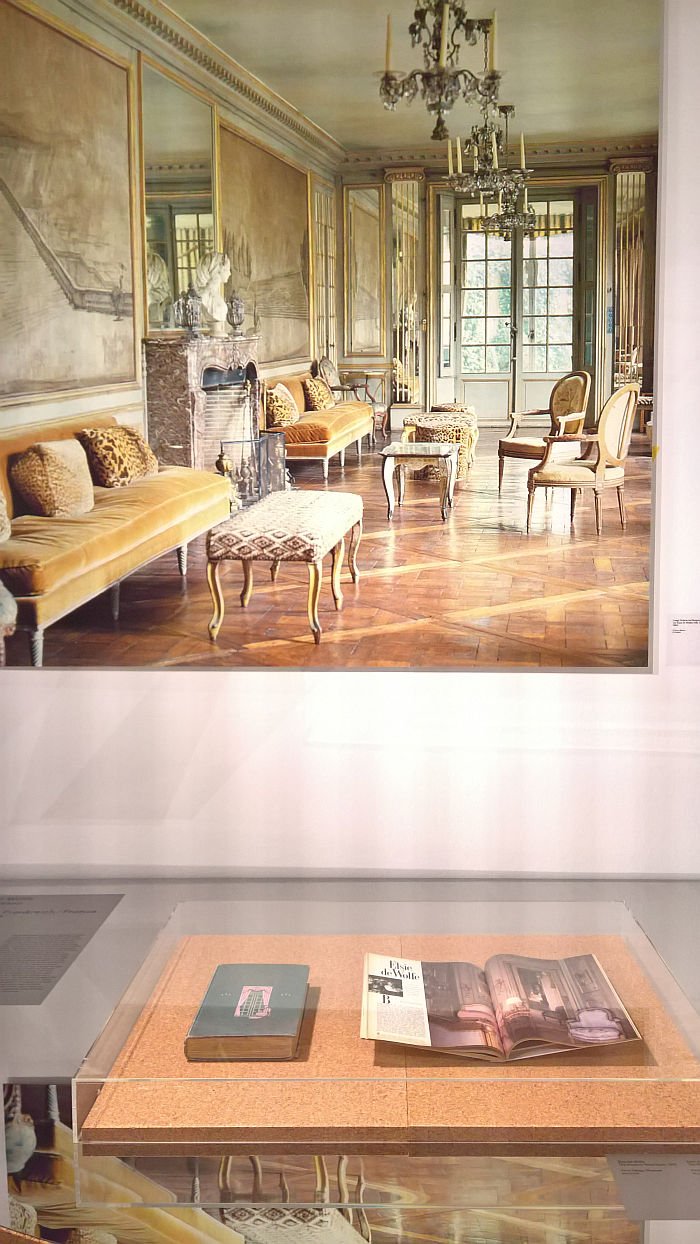
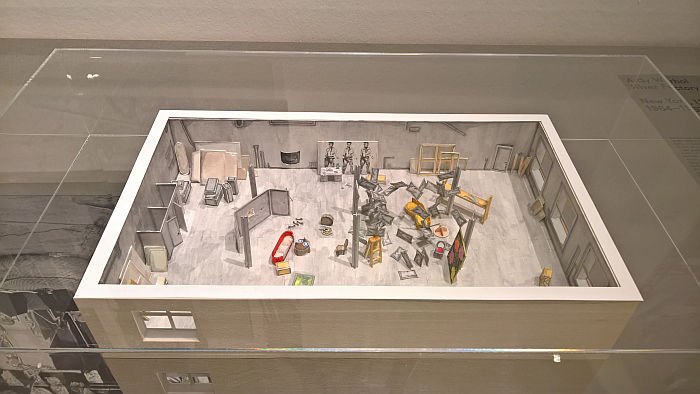
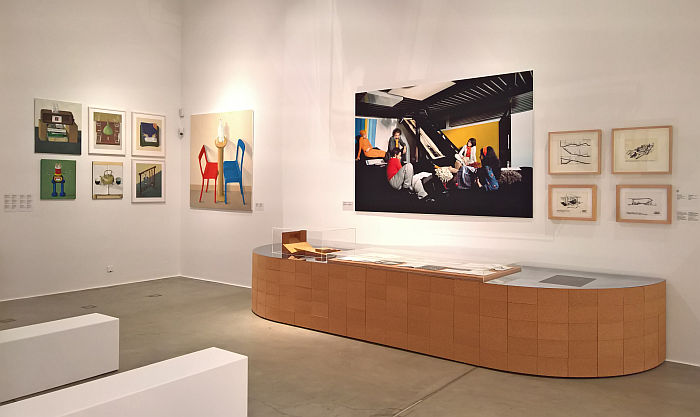
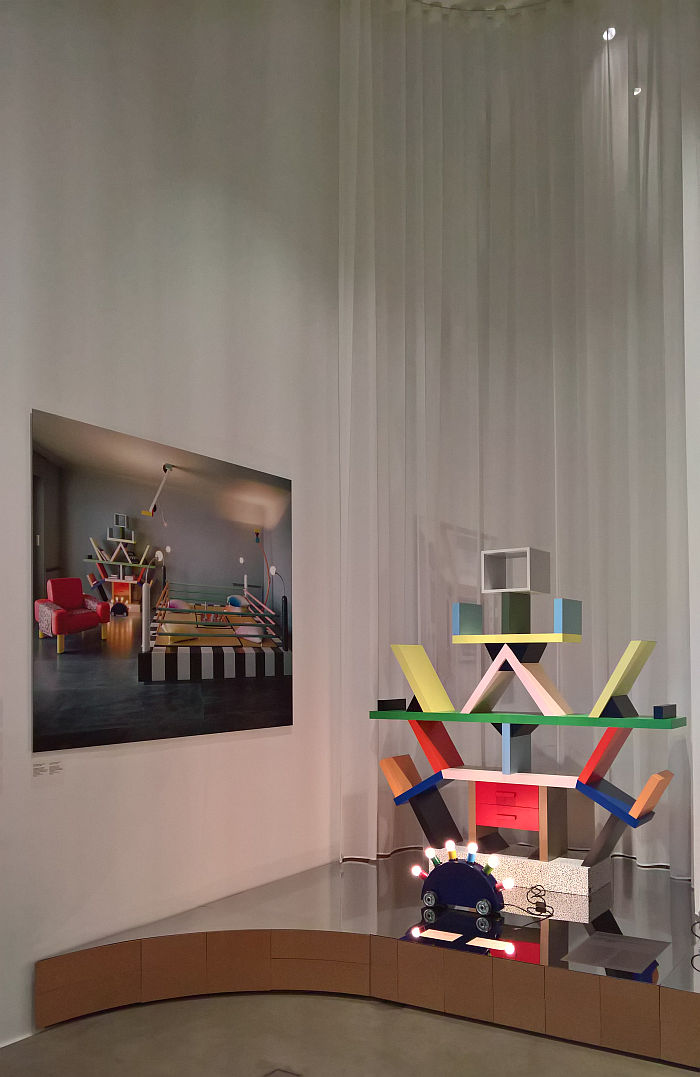
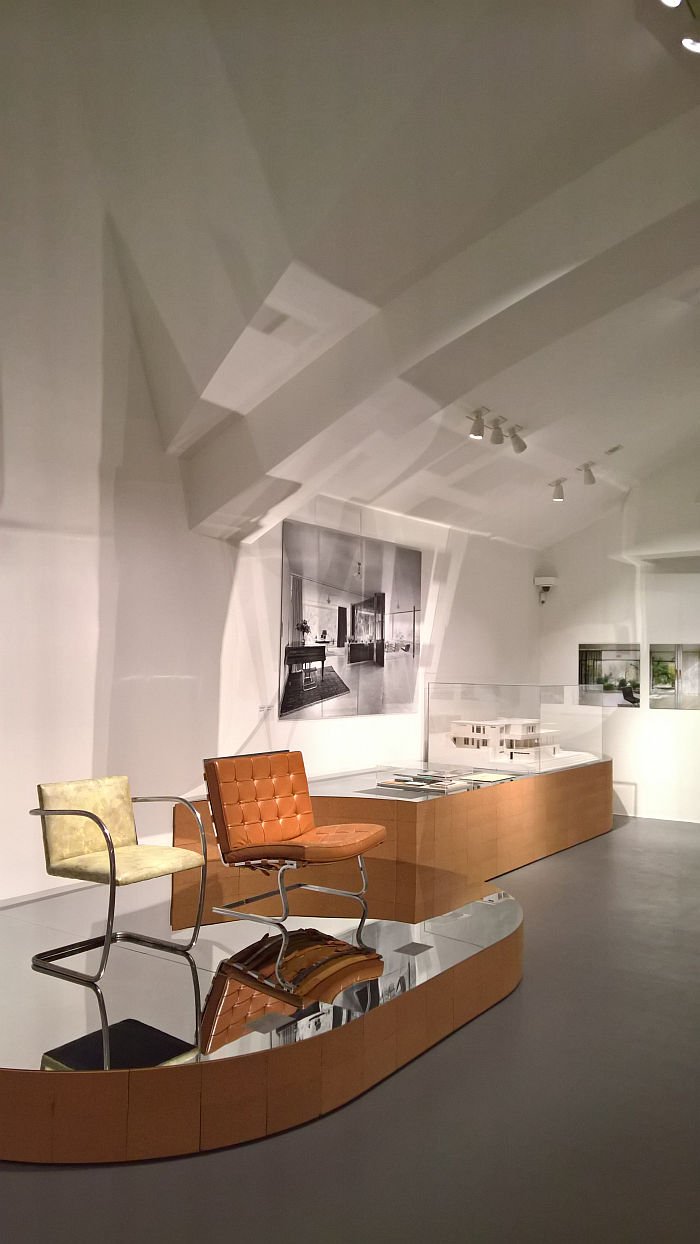
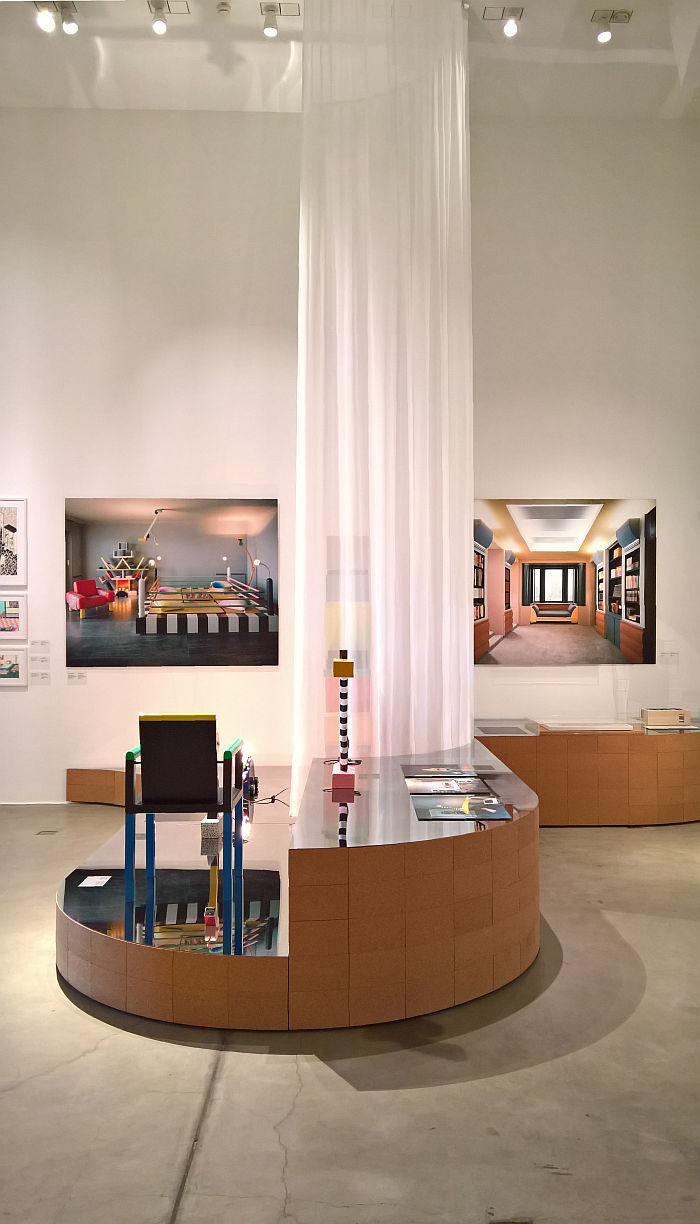
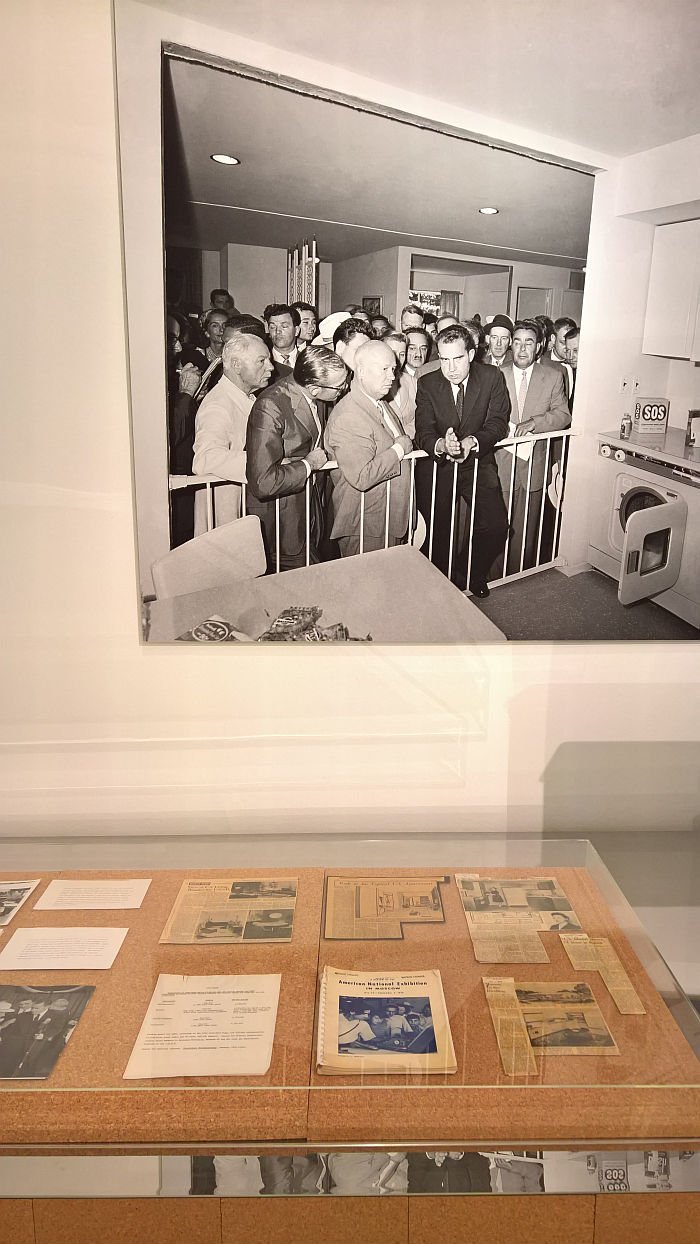
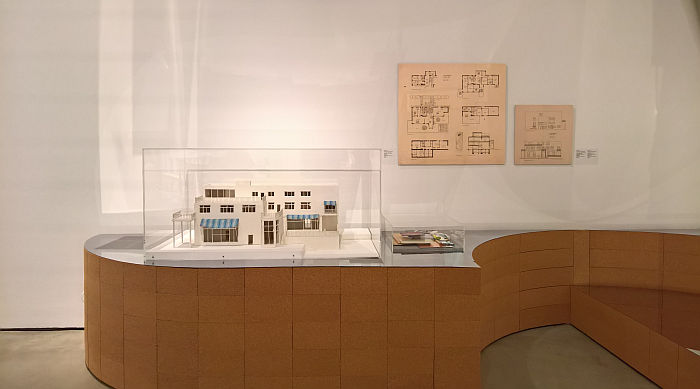
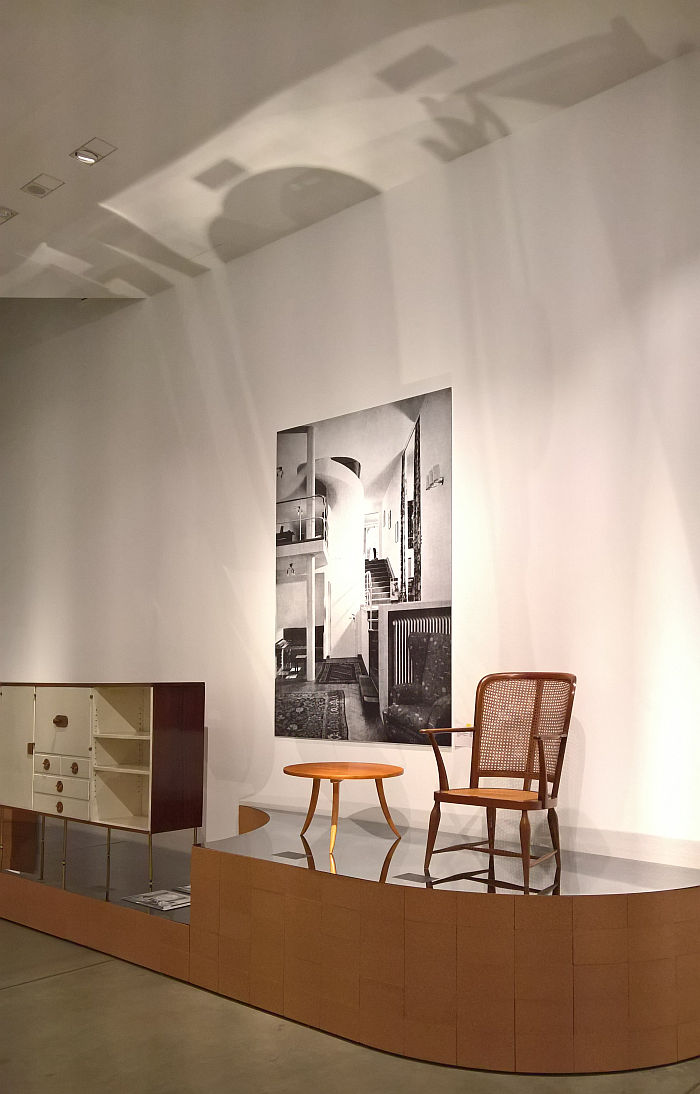
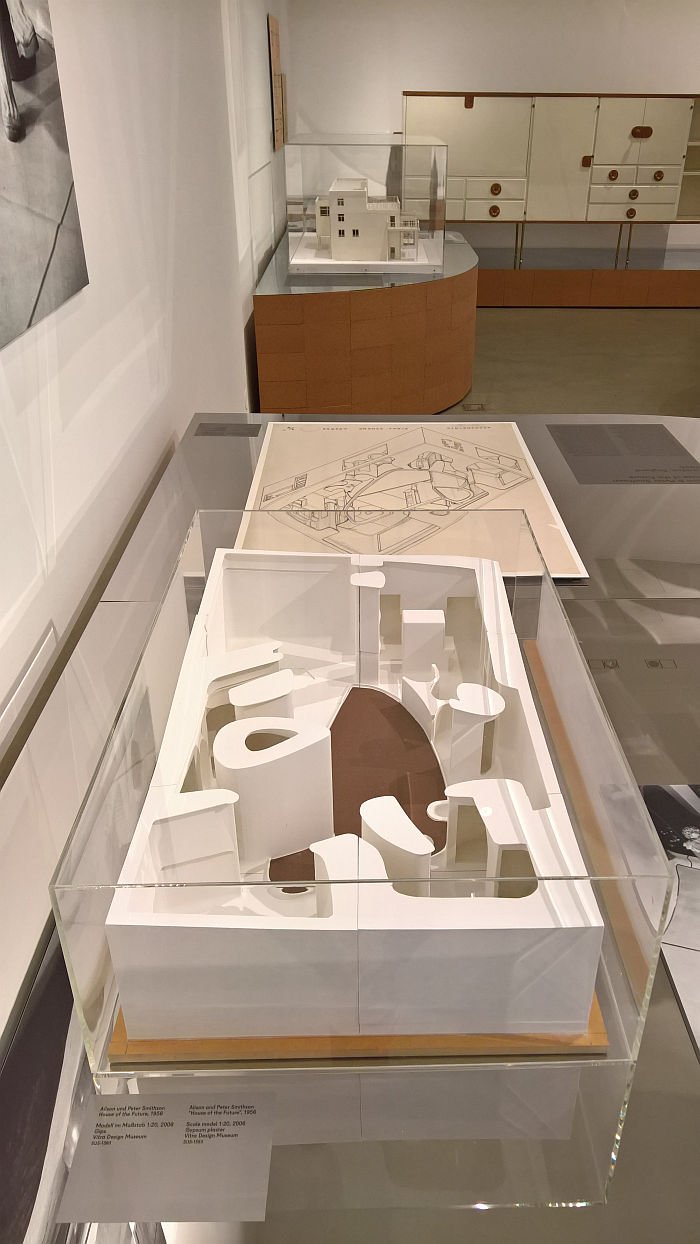
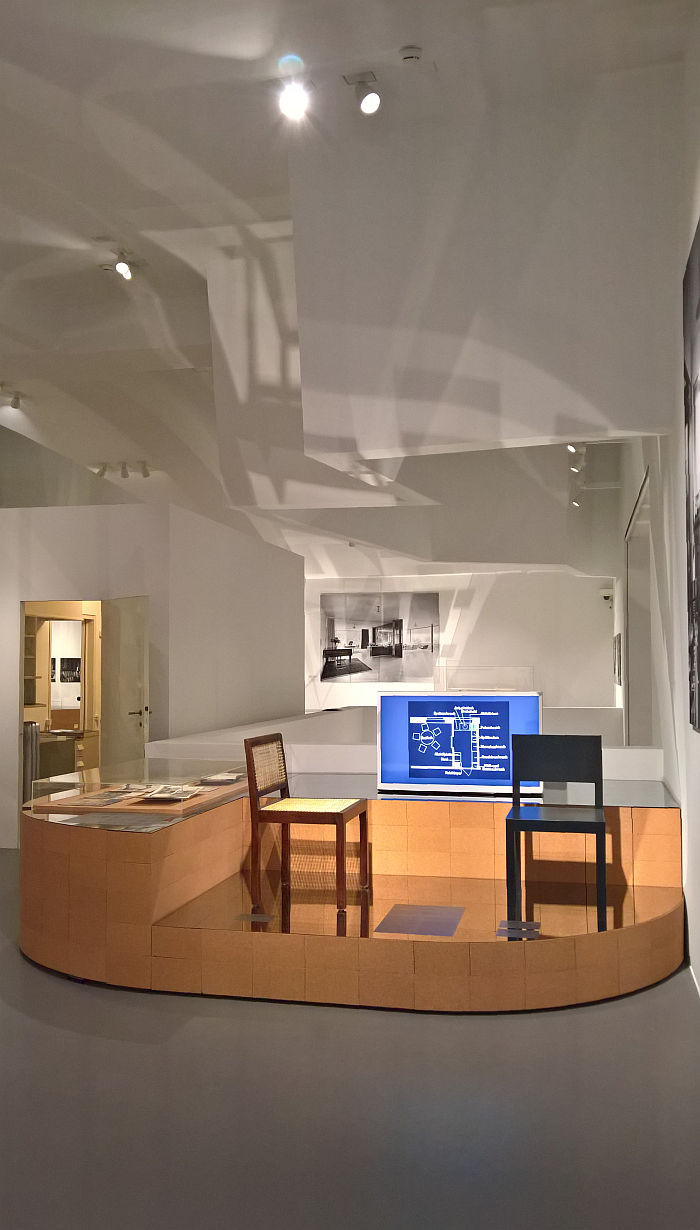
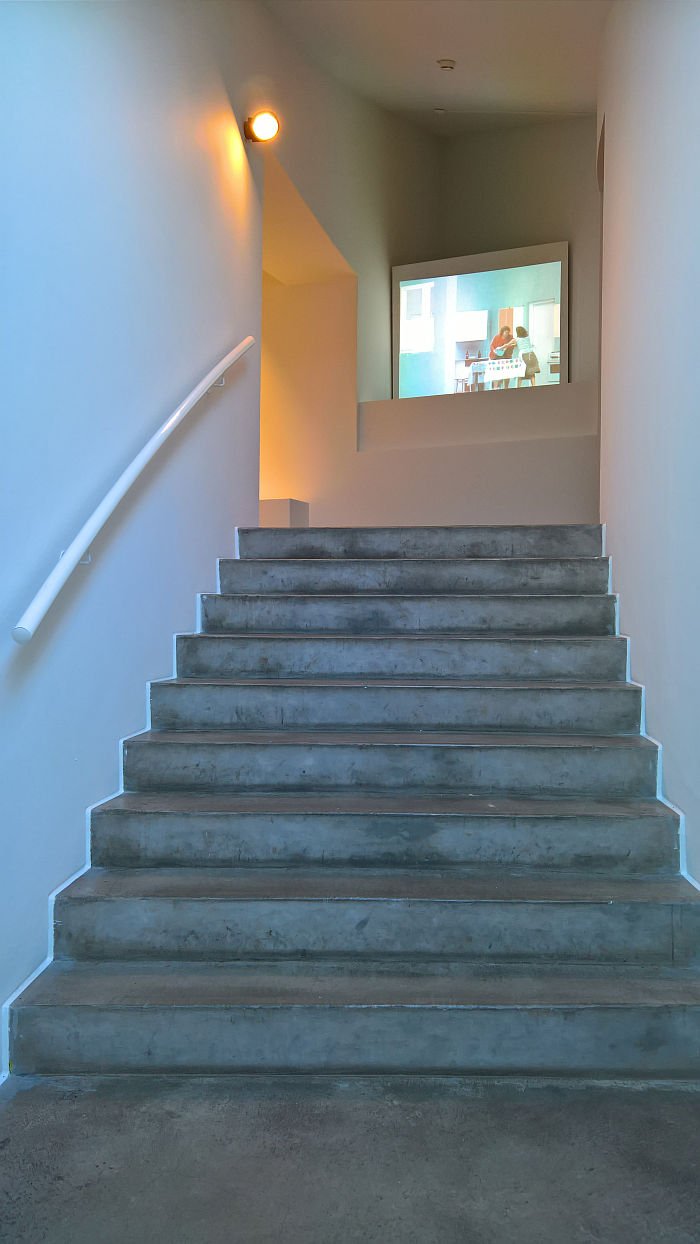
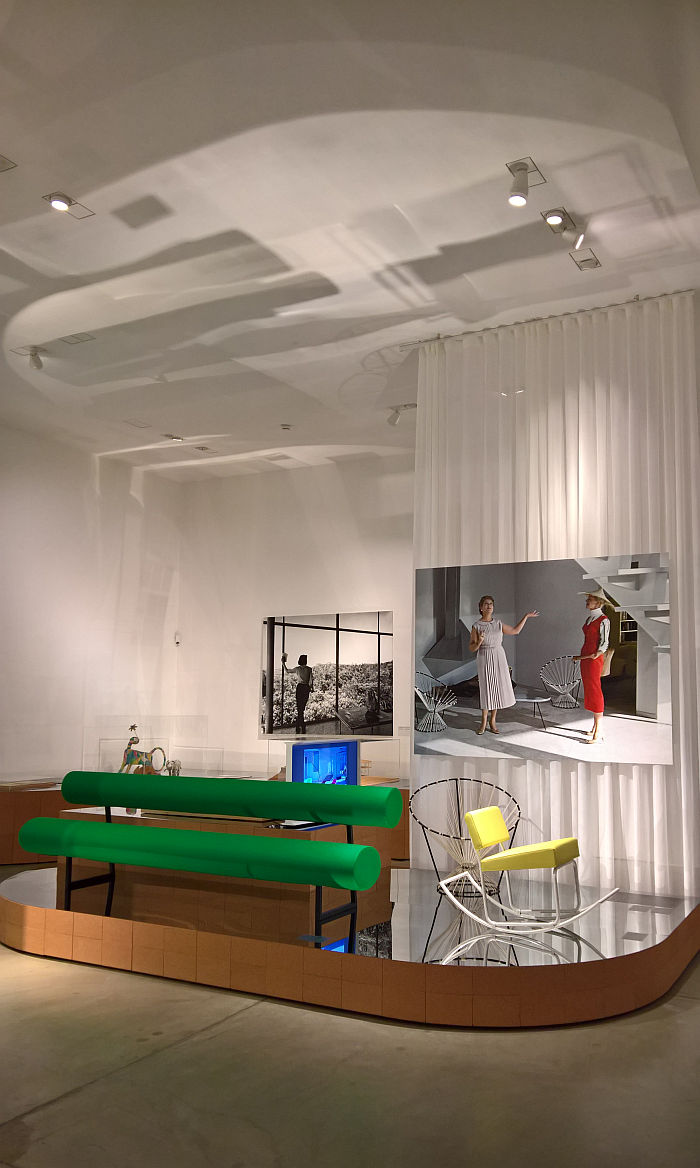
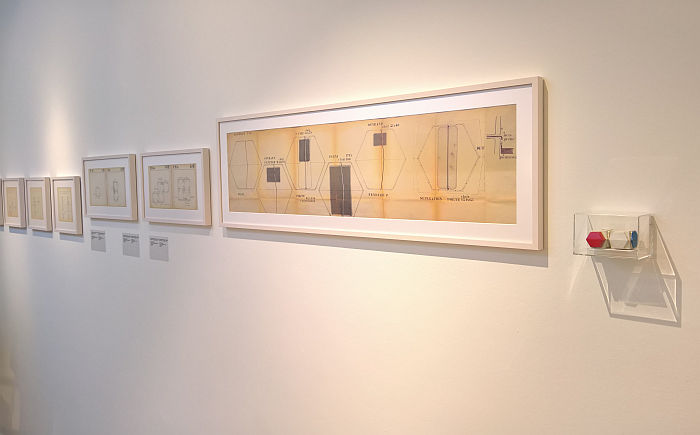
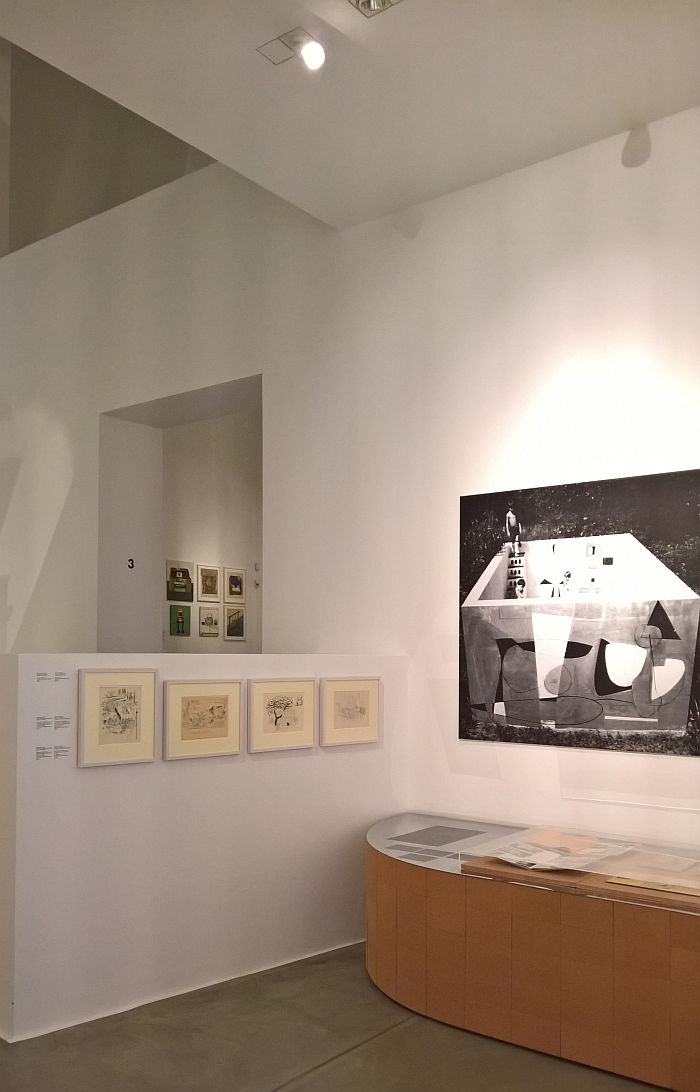
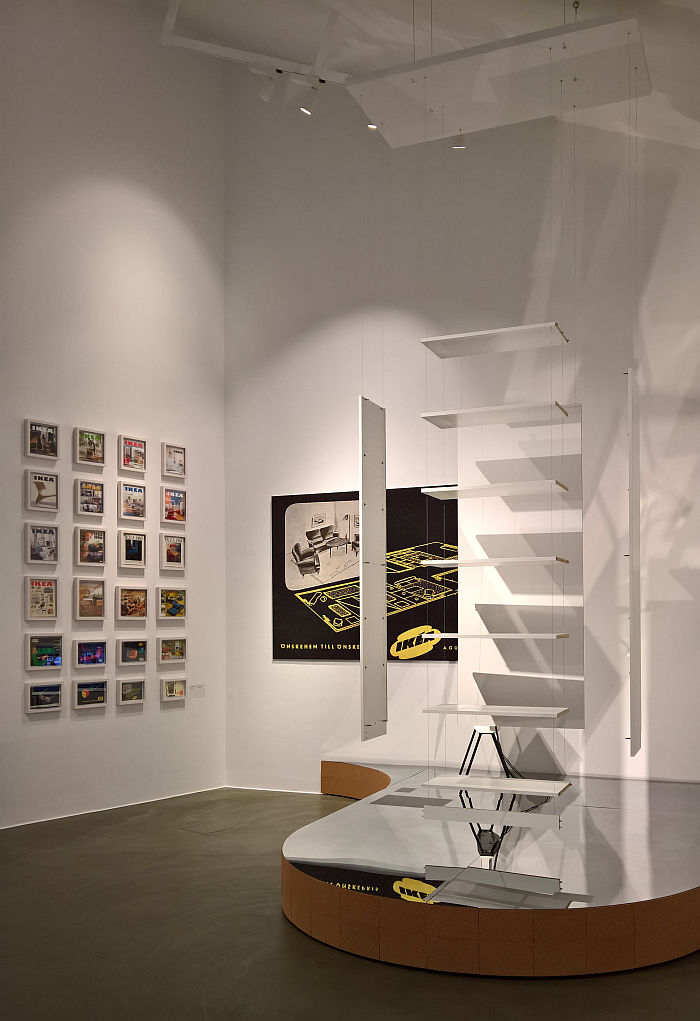
Full details, including information on the extensive fringe programme, can be found at www.design-museum.de/home-stories